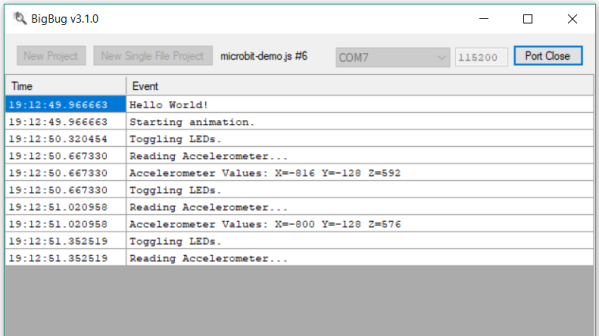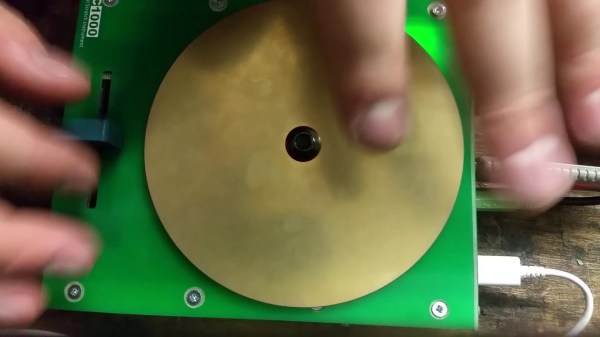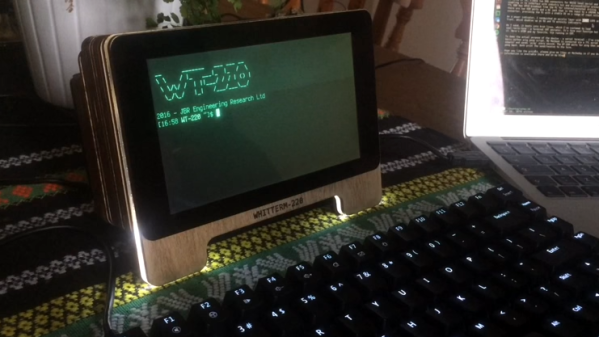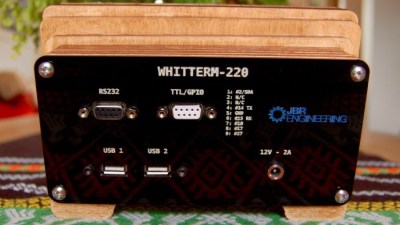The Computer History Museum in Mountain View has two operational IBM 1401 mainframes, which use IBM 1403 high-speed printers. They aren’t some decades-old notion of “high speed” that barely looks sluggish today, either. These monsters slam out ten lines per second thanks to a rotating chain of type slugs and an array of electromagnetic hammers. Every 11.1 microseconds, a character in the chain would be lined up with a hammer, and if the control circuitry identified it as a character that needed to be printed, the hammer behind the paper would drive the paper into the print ribbon and the slug, putting an imprint of the character onto the paper. When one of these printers failed with a sync error, it kicked off some serious troubleshooting to diagnose the problem.

Investigation of the problem ultimately led to an intermittent connection in a driver card due to a broken PCB trace, but by then some fuses had been blown as well. In the end the printer was brought back online, but possibly with a slightly damaged coil on one of the hammers.
[Ken]’s writeup on the repair process is highly detailed and walks through the kind of troubleshooting and repairs involved when solving problems with vintage electronics. Electrical fundamentals might be the same, but a deep understanding of not only the architecture but also the failure modes of vintage hardware is needed in order to troubleshoot effectively.
If IBM 1401 mainframes and fixing 1403 printers sounds familiar, it’s because a printer fix has been done before. That was due to a different problem, but still a challenging task to narrow down and fix.



















